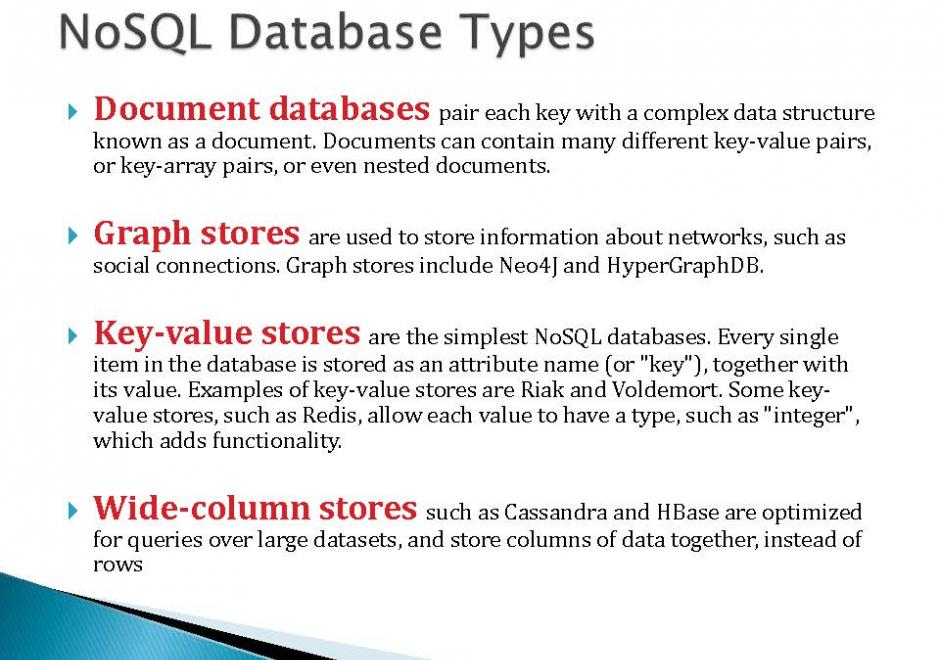DM-03 - Relational DBMS and their Spatial Extensions

The relational Database Management System (DBMS) is widely used in modern business systems. Entities and relationships from a data model are presented as relational tables. To store data in a relational database, a relation schema should be defined to specify the design and structure of relations. The schema design generally uses database normalization to reduce data redundancy and maintain data integrity. Users can retrieve and manage data in a relational database using Structured Query Language (SQL). To make spatial data fit the relational model, spatial vector geometry or raster data type can be customized by extending basic data types in relational databases. This further helps derive the so-called spatial object-relational DBMS, by manipulating vector geometry and/or raster data types as spatial objects using SQL queries. The performance of queries is improved by adding spatial indexes in relational databases.




DM-67 - NoSQL Databases
NoSQL databases are open-source, schema-less, horizontally scalable and high-performance databases. These characteristics make them very different from relational databases, the traditional choice for spatial data. The four types of data stores in NoSQL databases (key-value store, document store, column store, and graph store) contribute to significant flexibility for a range of applications. NoSQL databases are well suited to handle typical challenges of big data, including volume, variety, and velocity. For these reasons, they are increasingly adopted by private industries and used in research. They have gained tremendous popularity in the last decade due to their ability to manage unstructured data (e.g. social media data).